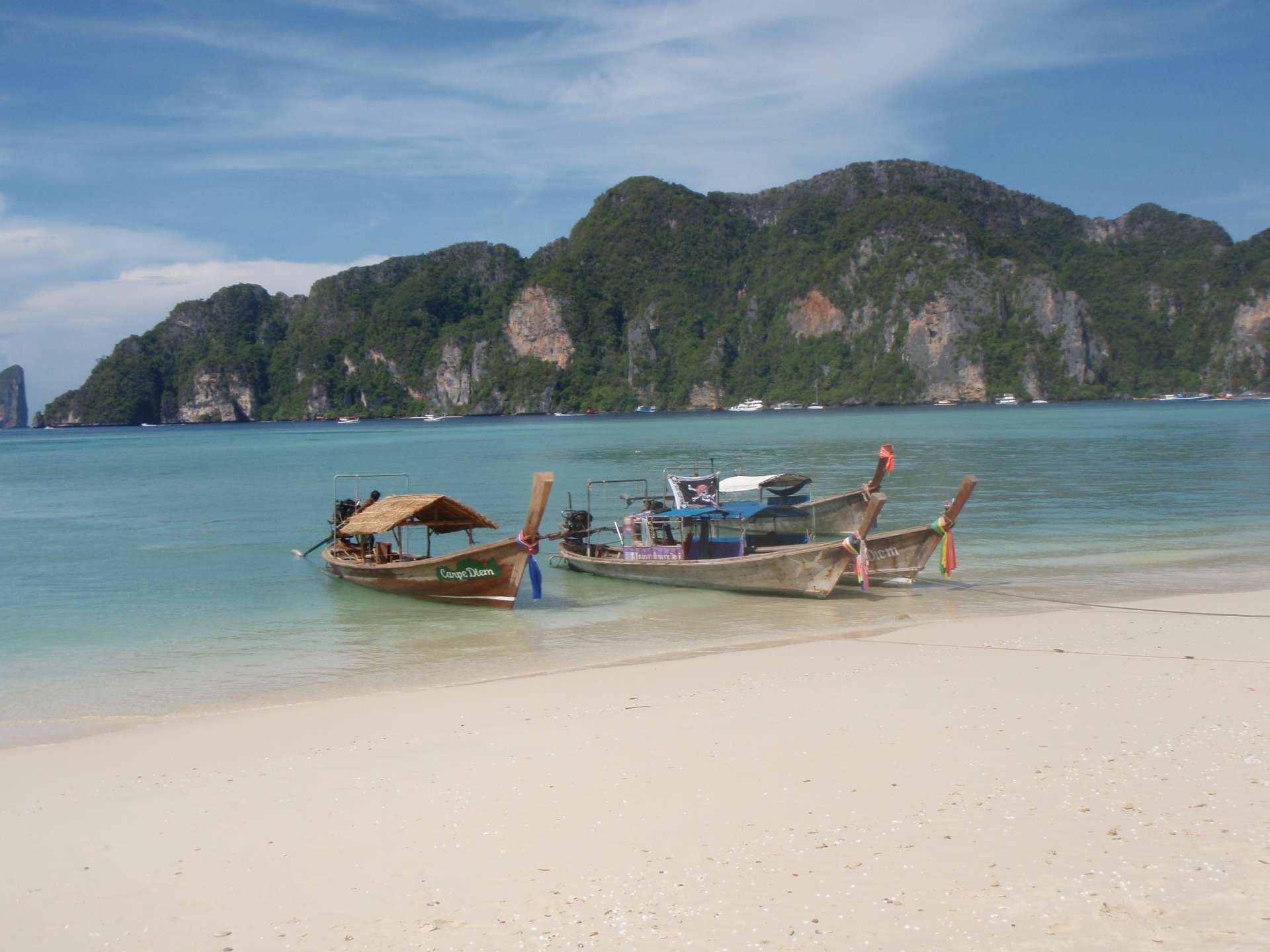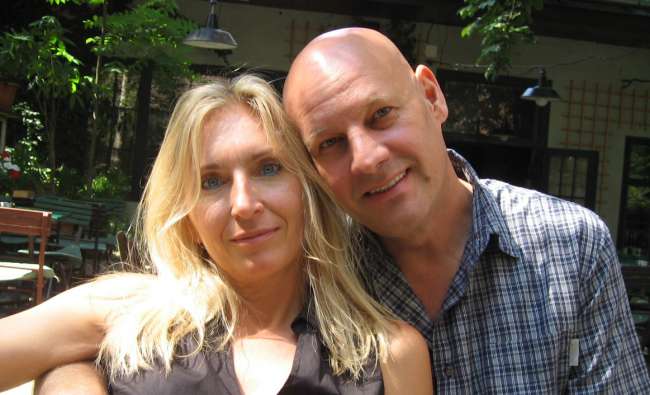San Pedro de Atacama
Weşandin: 30.01.2017
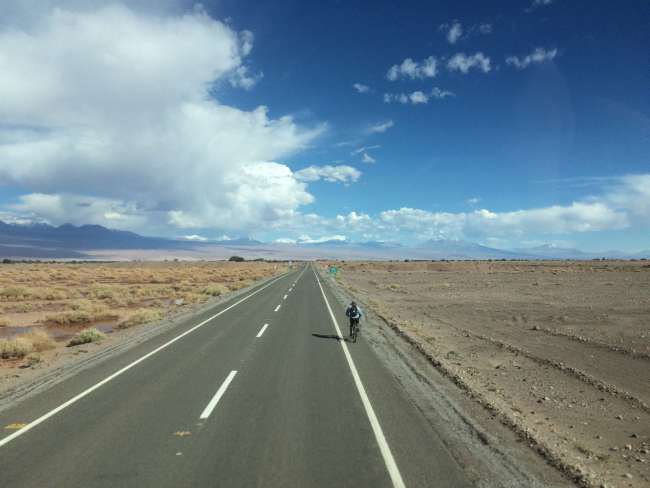
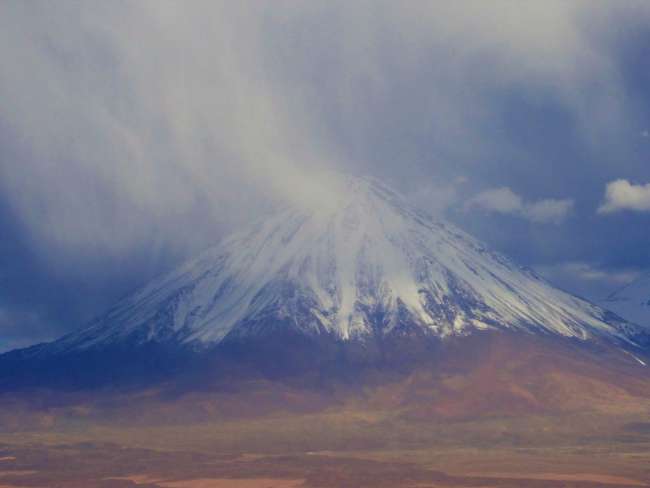
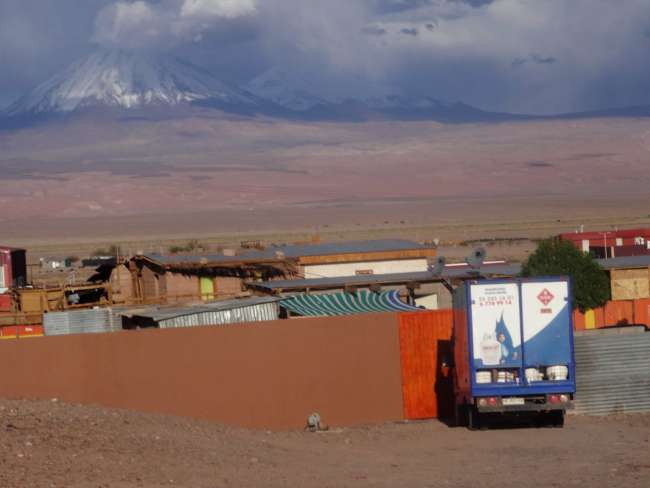
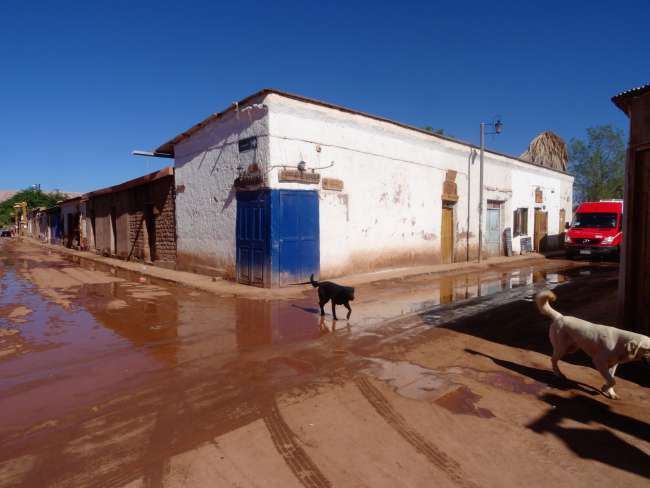
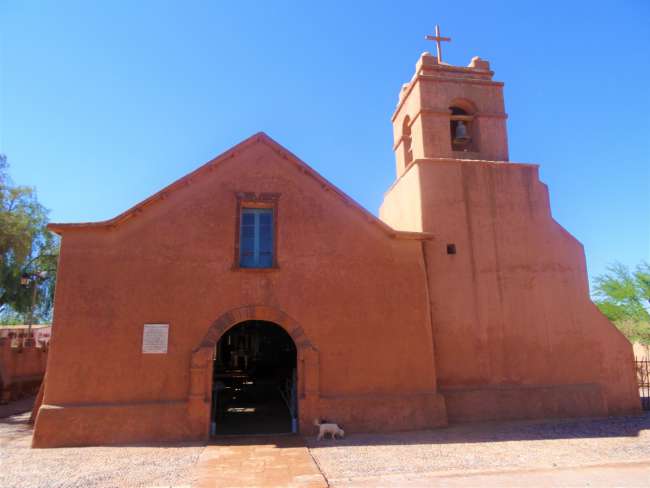
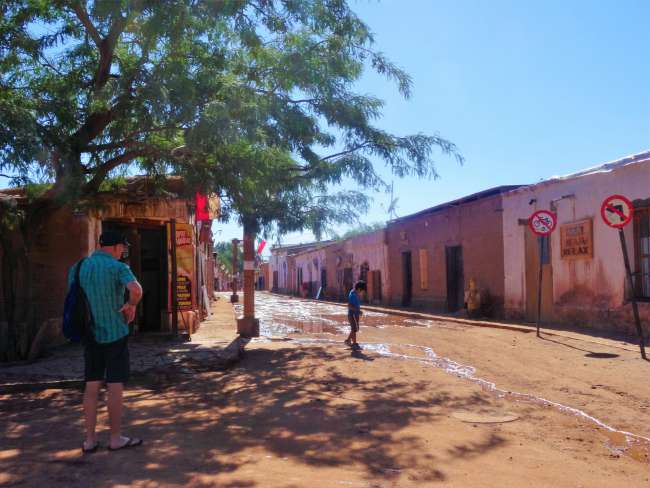
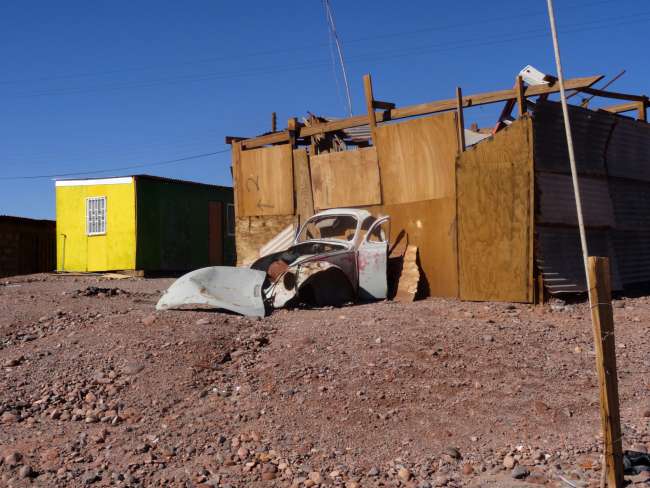
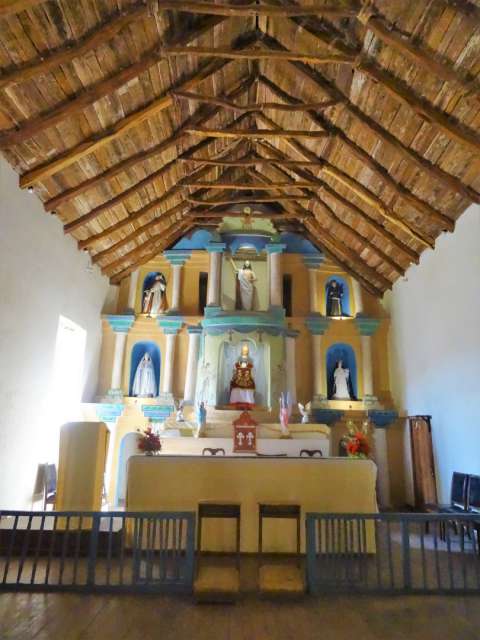
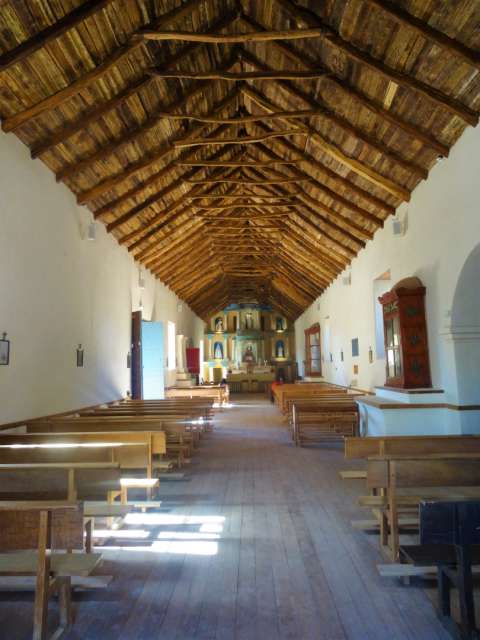
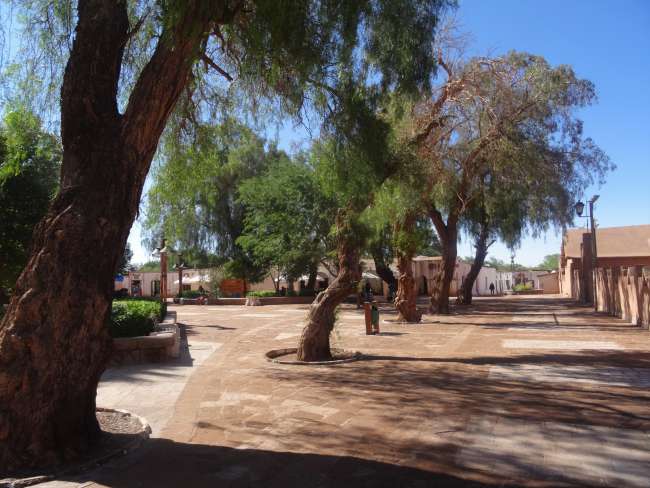
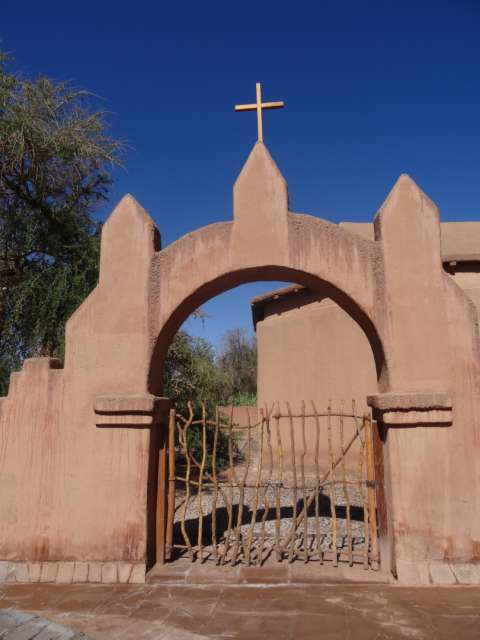
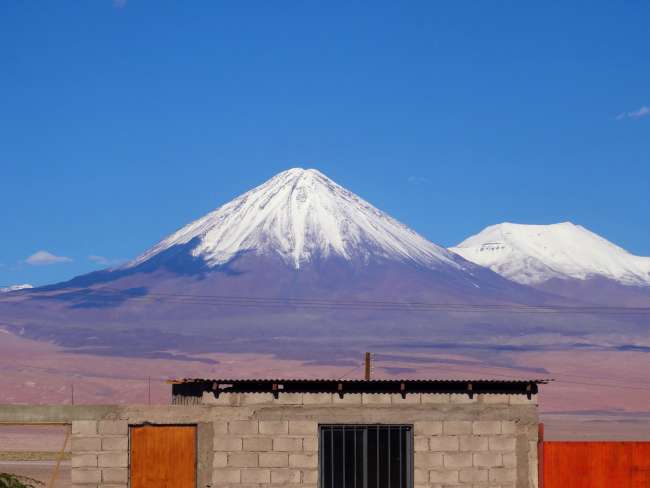
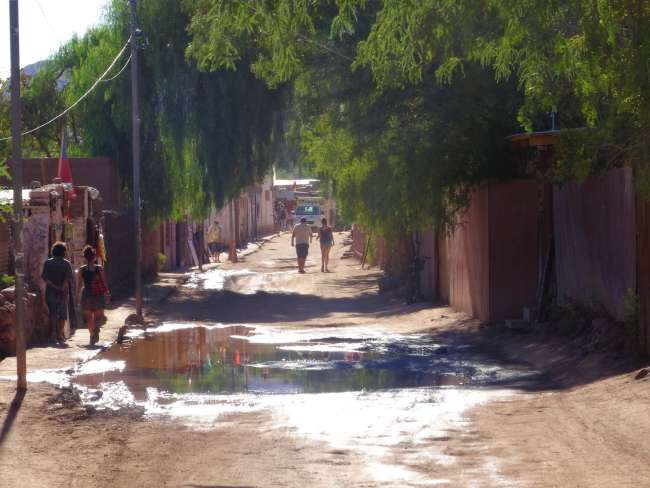
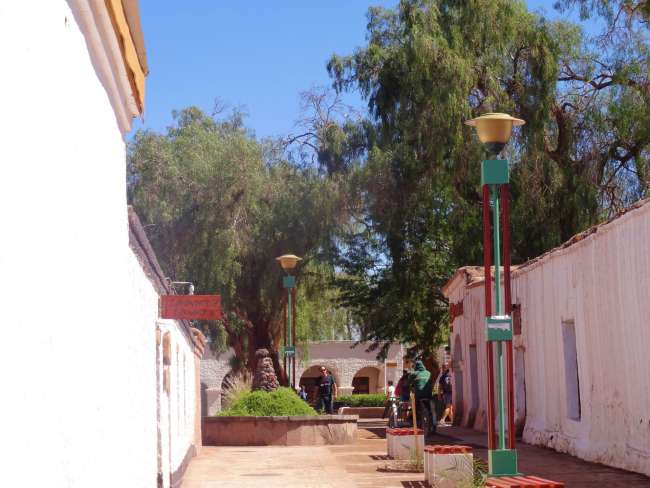
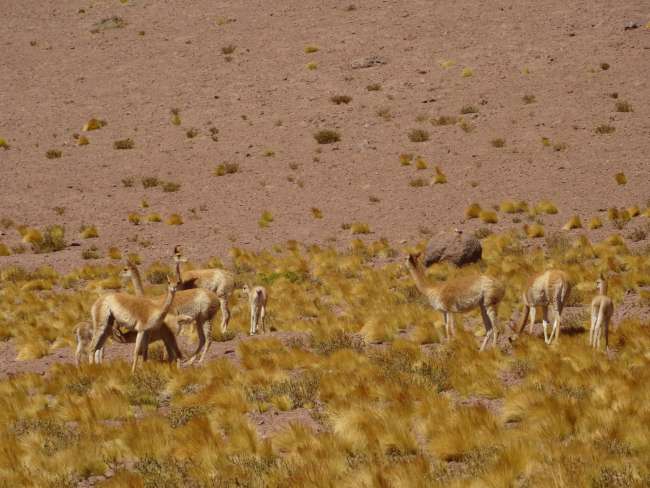
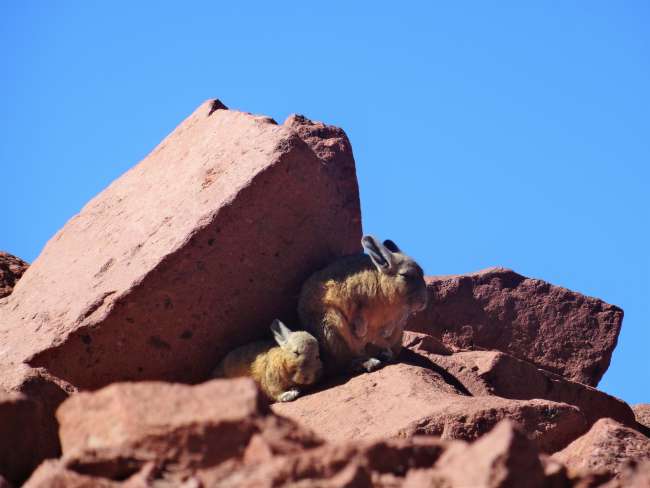
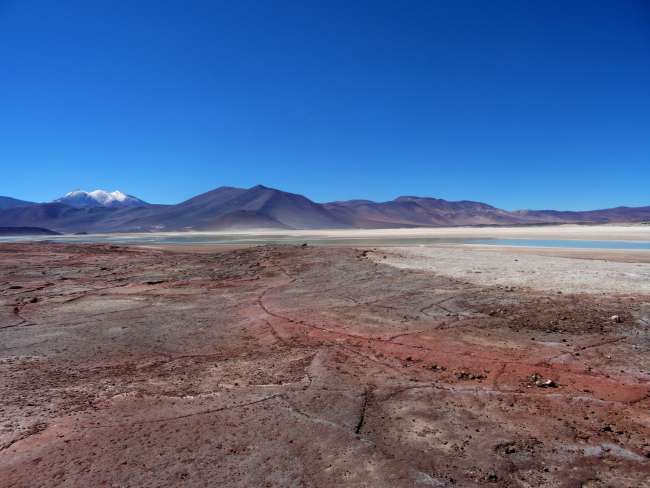
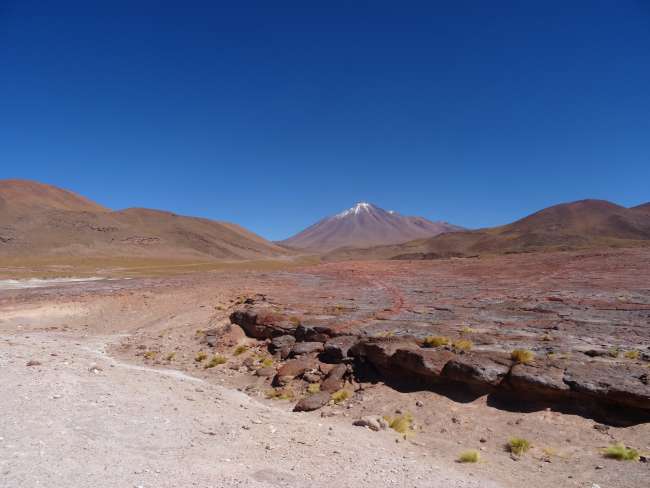
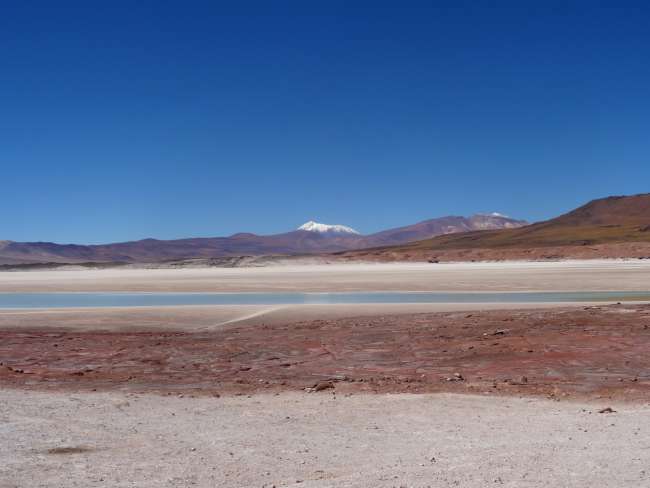
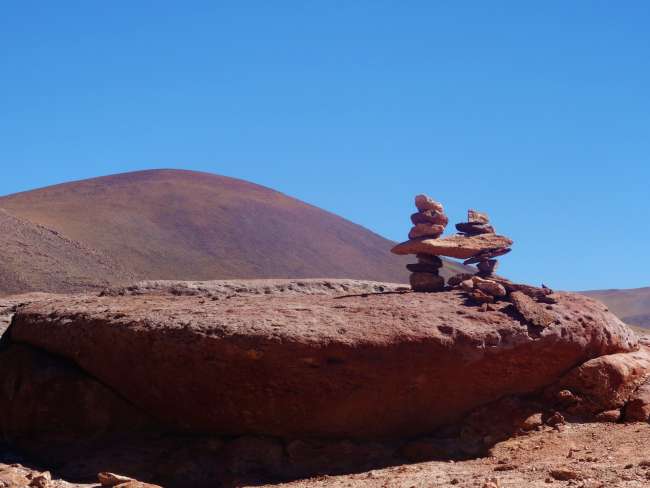
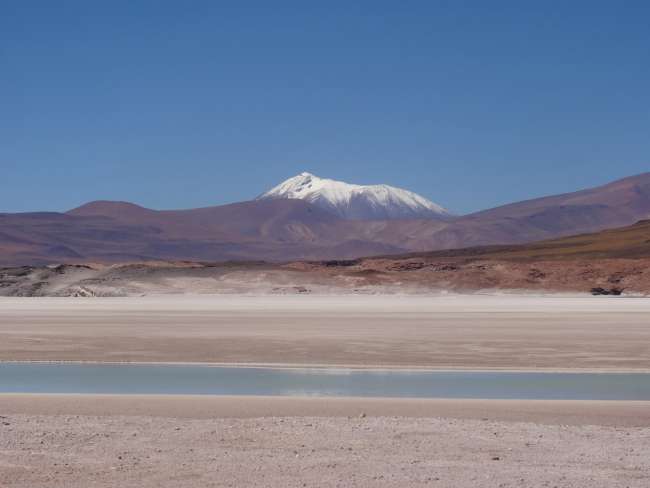
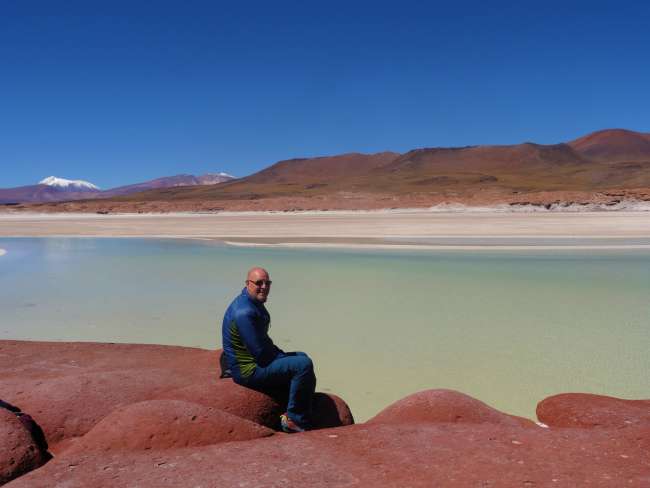
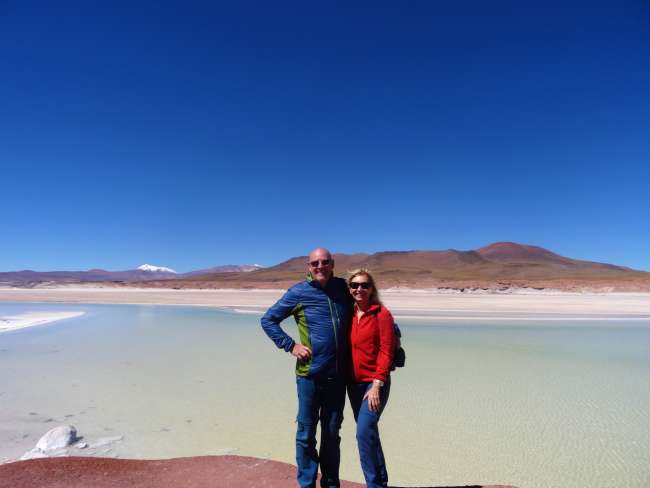

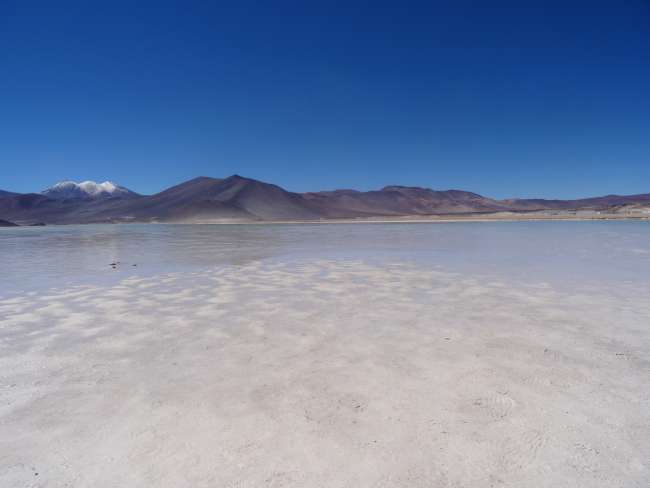
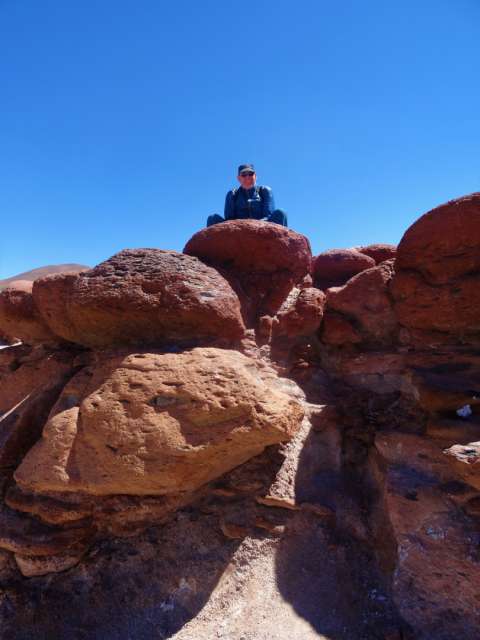
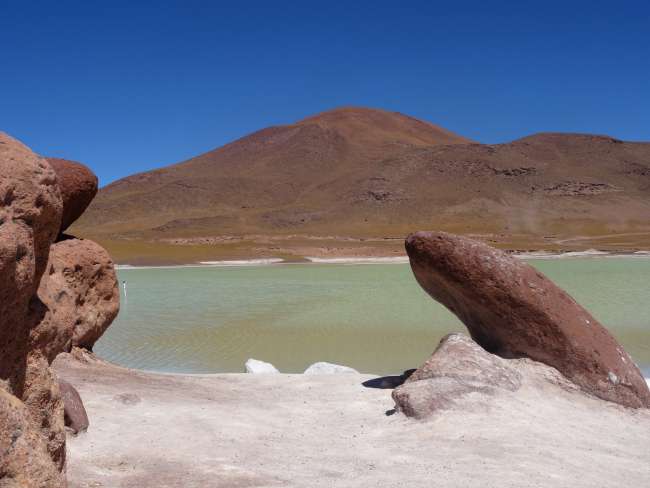
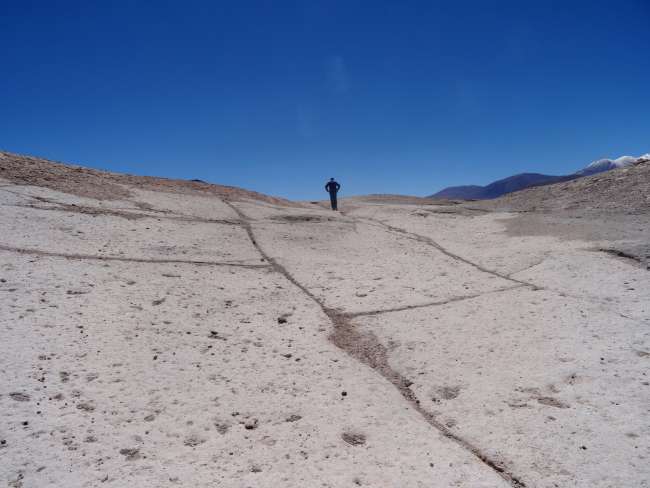
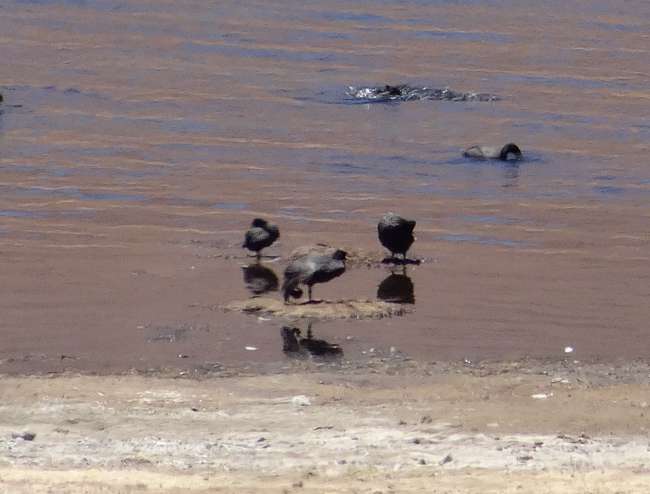
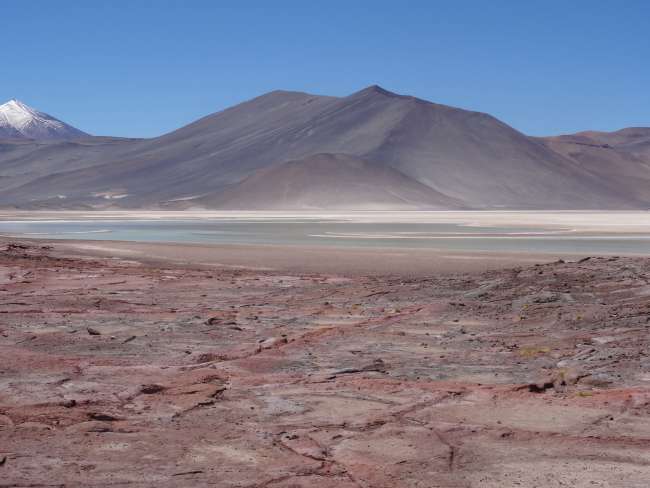
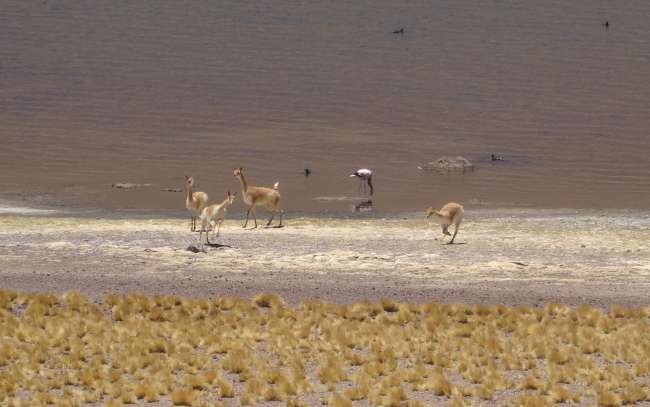
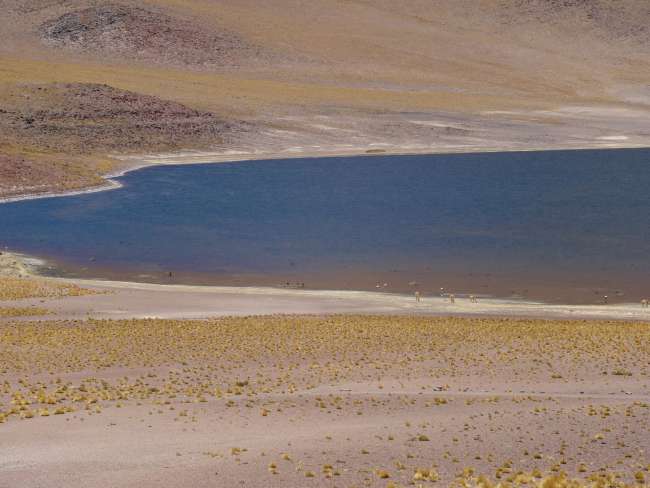
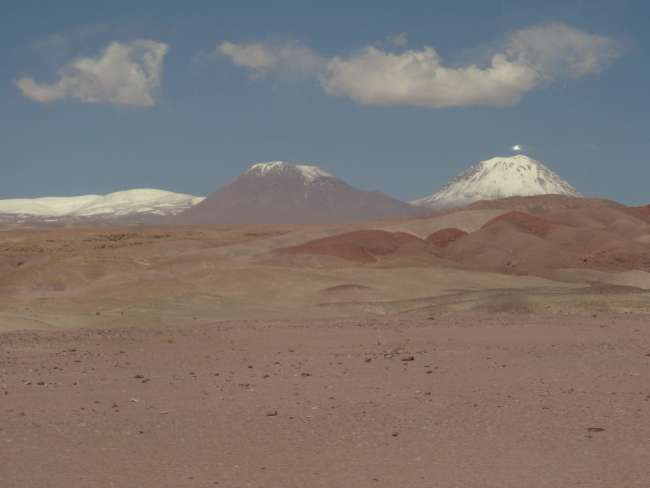
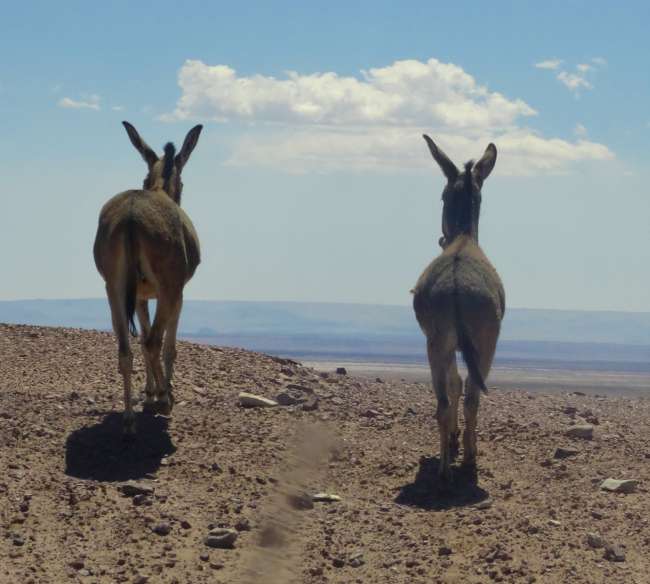

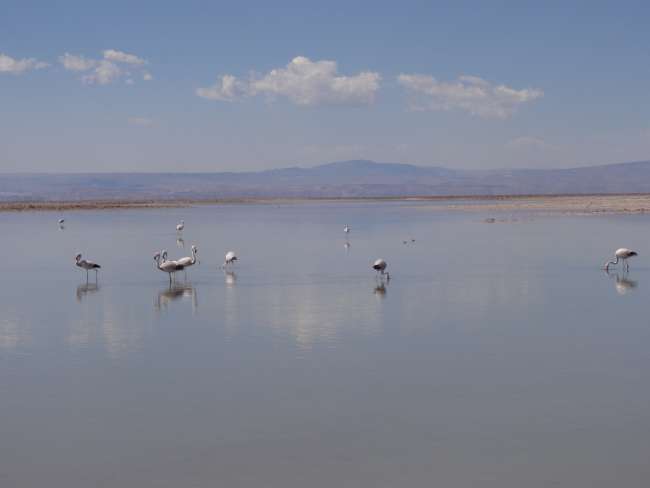
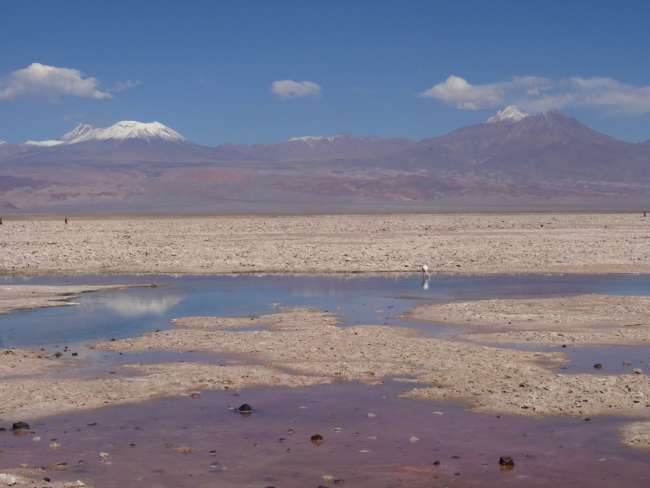
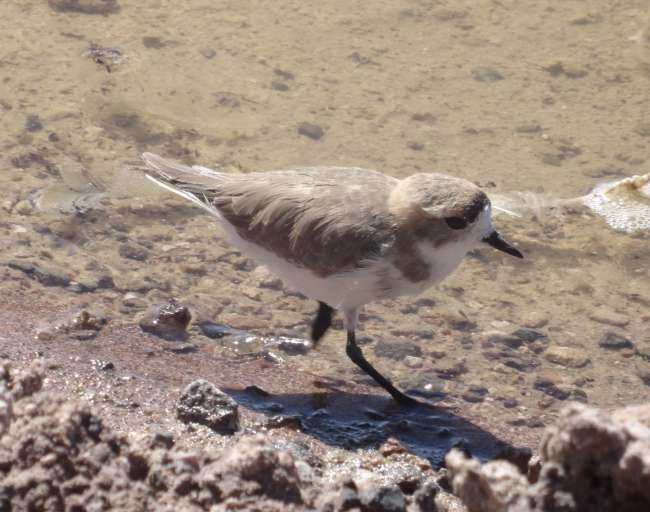
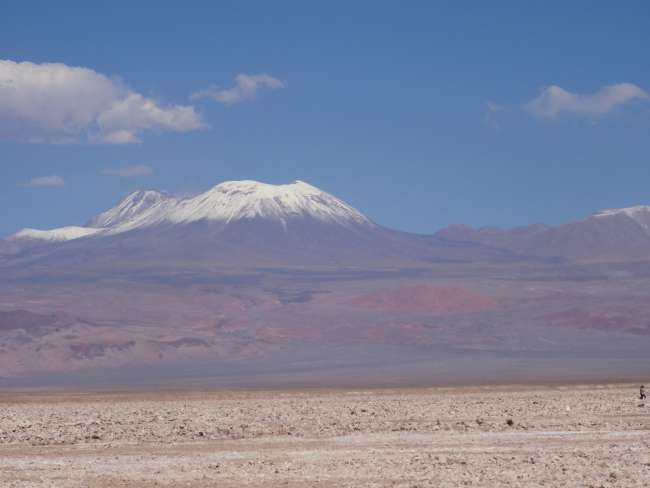
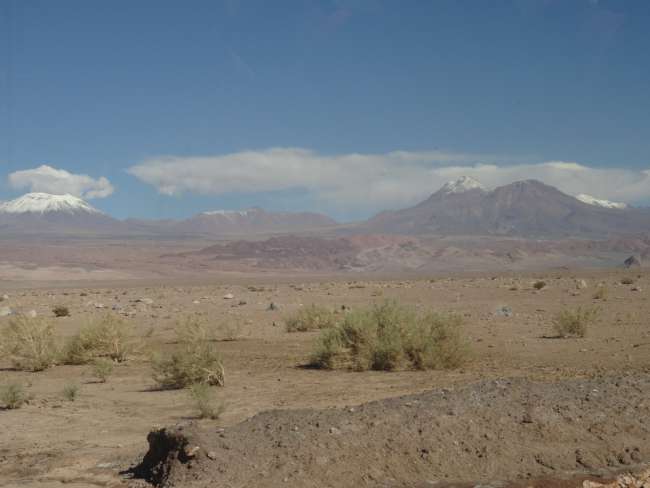
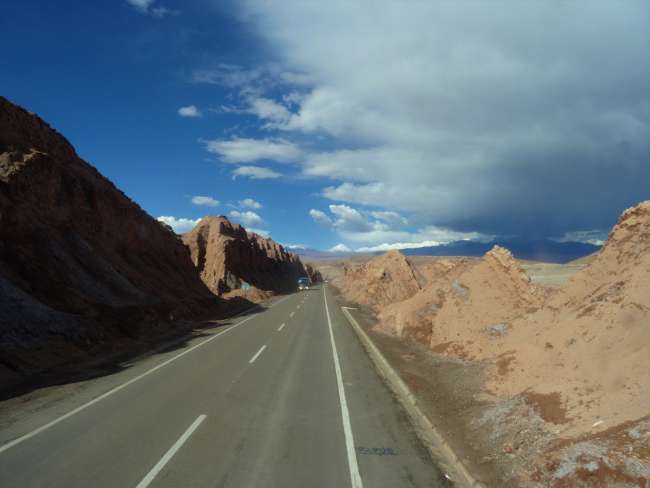
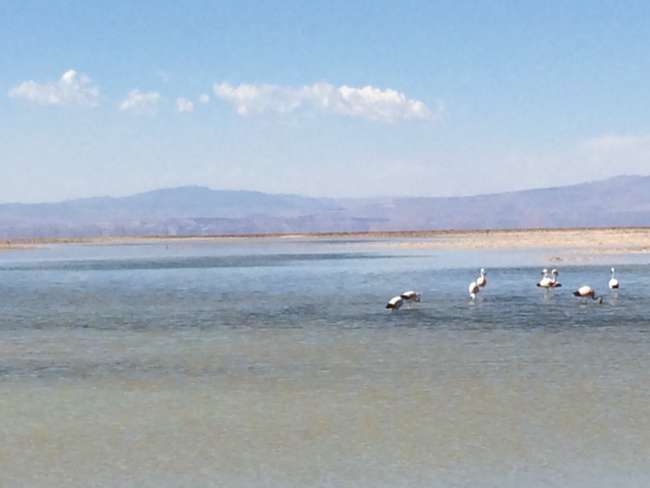
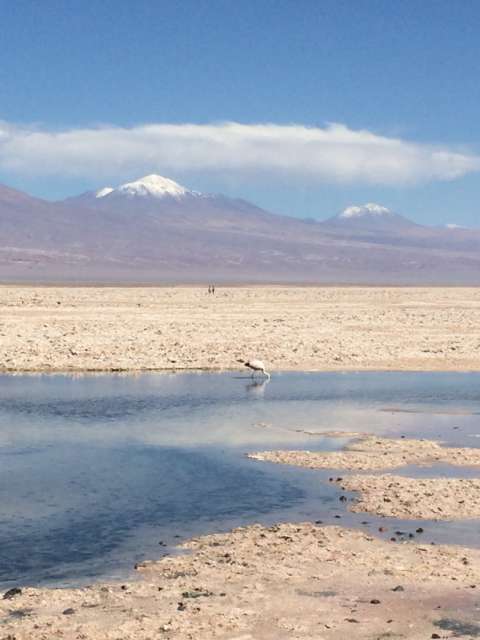
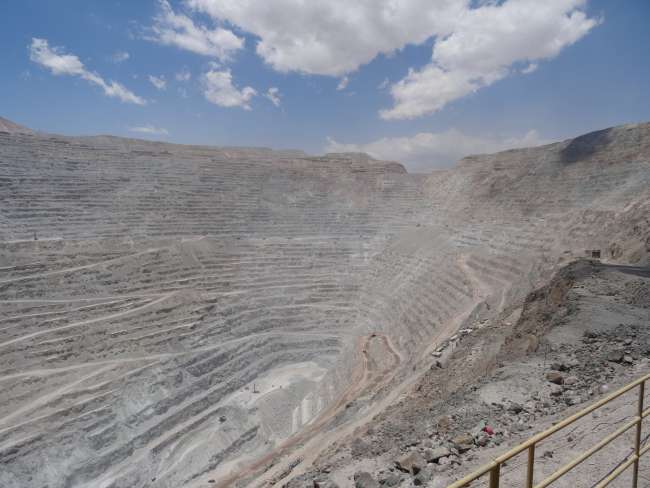
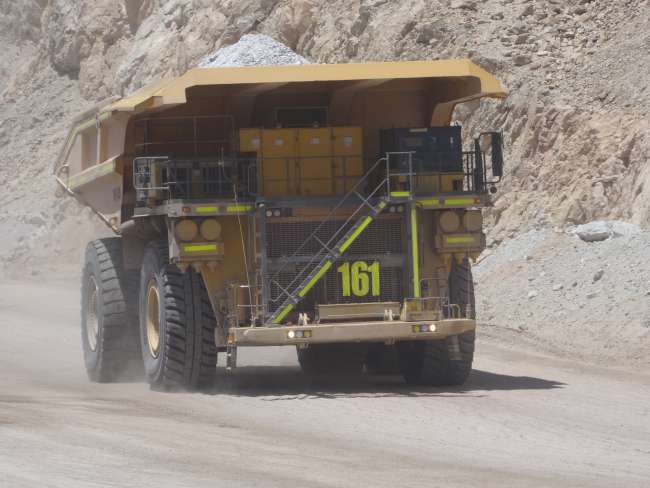
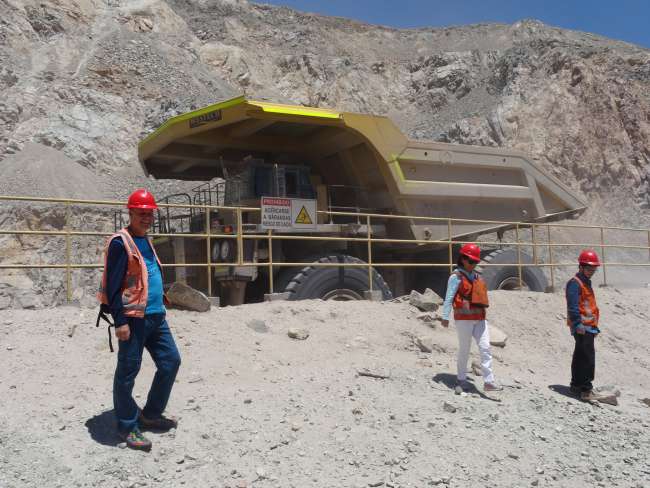
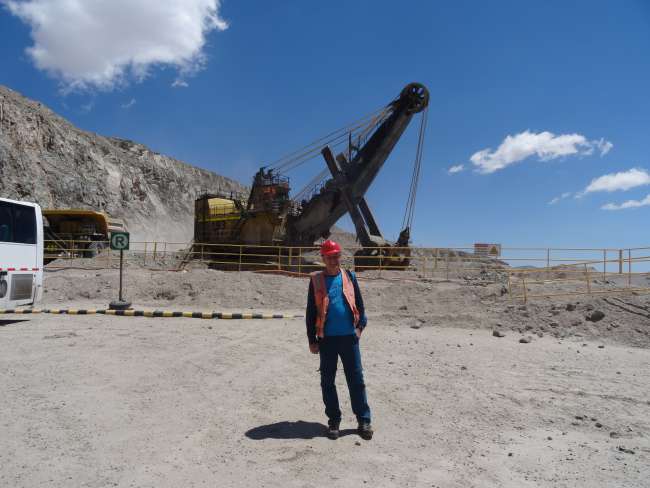
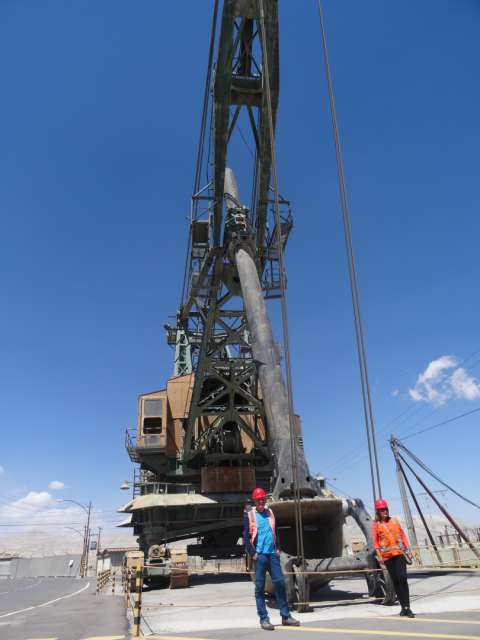
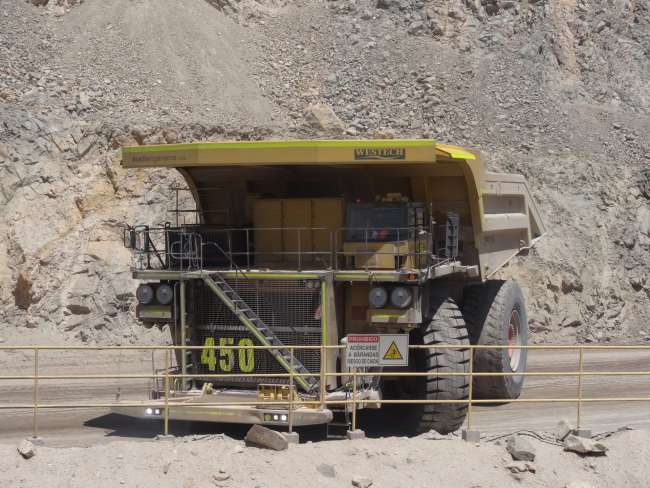
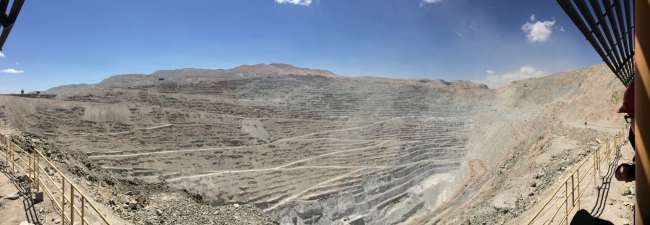
Subscribe to Newsletter
Our next destination was San Pedro de Atacama, located at an altitude of 2400m in the middle of the Atacama Desert.

The day before our arrival, there had been a considerable storm, which resulted in the largely unpaved streets becoming muddy and filled with puddles of water, making them difficult to walk on.


One of the sights is the small church of San Pedro, built with adobe and a cactus wood roof. Adobe refers to dried mud bricks, which provide good insulation against the desert heat during the day and slowly release the stored heat during the cool nights.
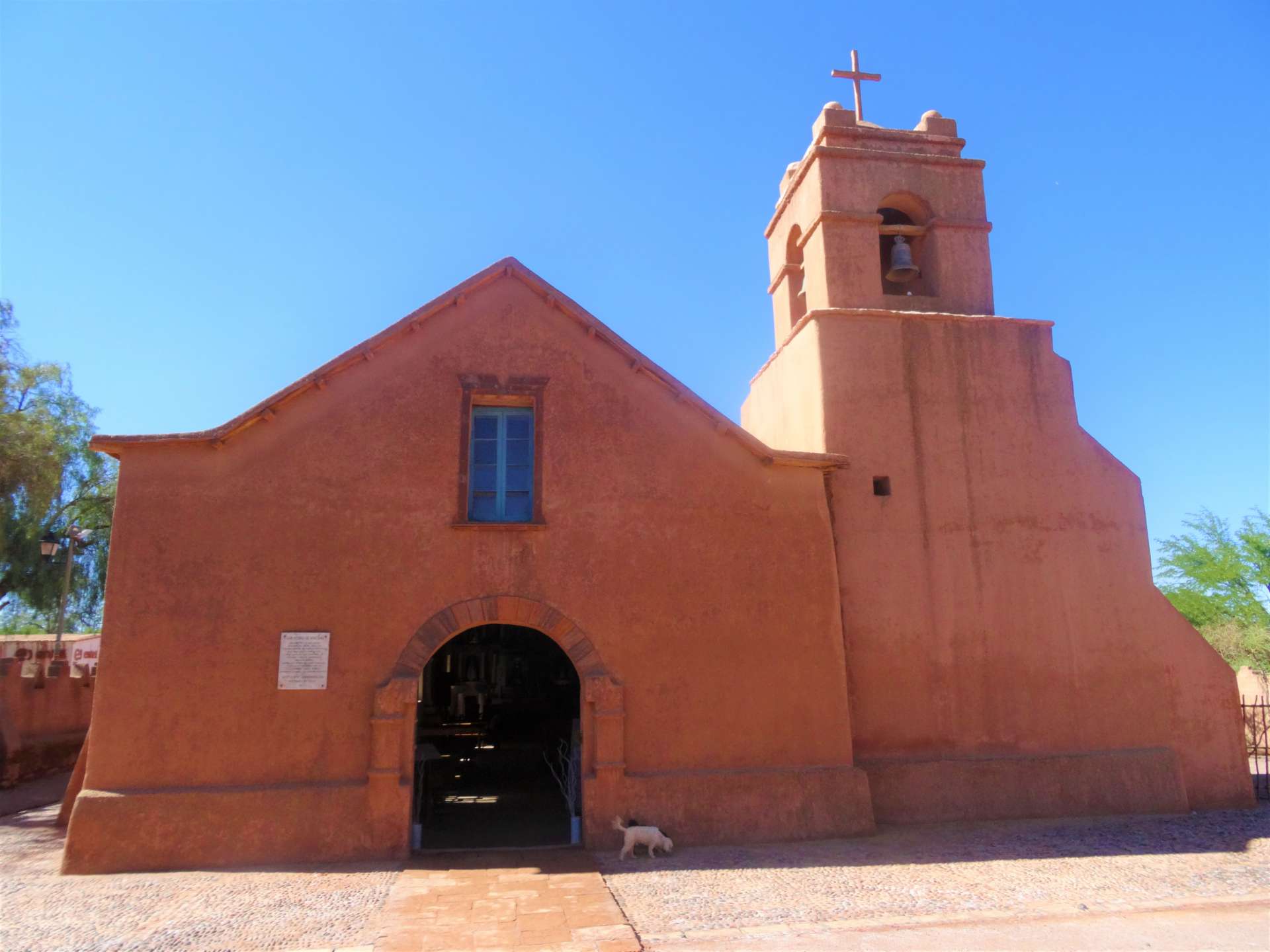
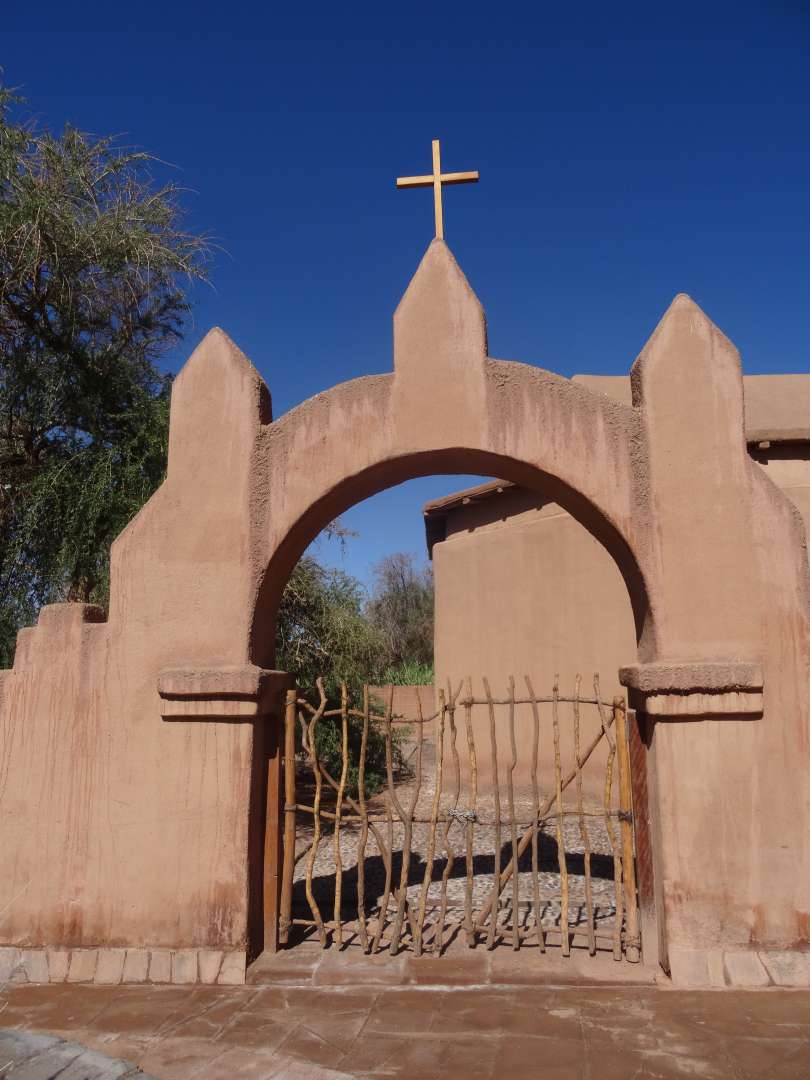

This oasis town is internationally known for ALMA, the nearby largest radio telescope station in the world.
This place practically lives off tourism, as countless exciting tours into the desert are offered from here.
We decided to do a full-day tour, including a visit to the Miscanti and Miňiques lagoons and the Piedras Rojas (red rocks made of volcanic rock), and we were not disappointed!


We reached an altitude of 4200m again, to admire a colorful lagoon surrounded by red rocks between the Miniques and Miscanti volcanoes.
The incredible beauty of nature cannot truly be captured in photos.
This area, part of the Los Flamencos National Reserve, is also known for its variety of fauna. We encountered Vicuñas, which resemble llamas and are well adapted to the high-altitude conditions.

Finally, we arrived at a salt flat, the Laguna de Chaxa, where various species of flamingos live.
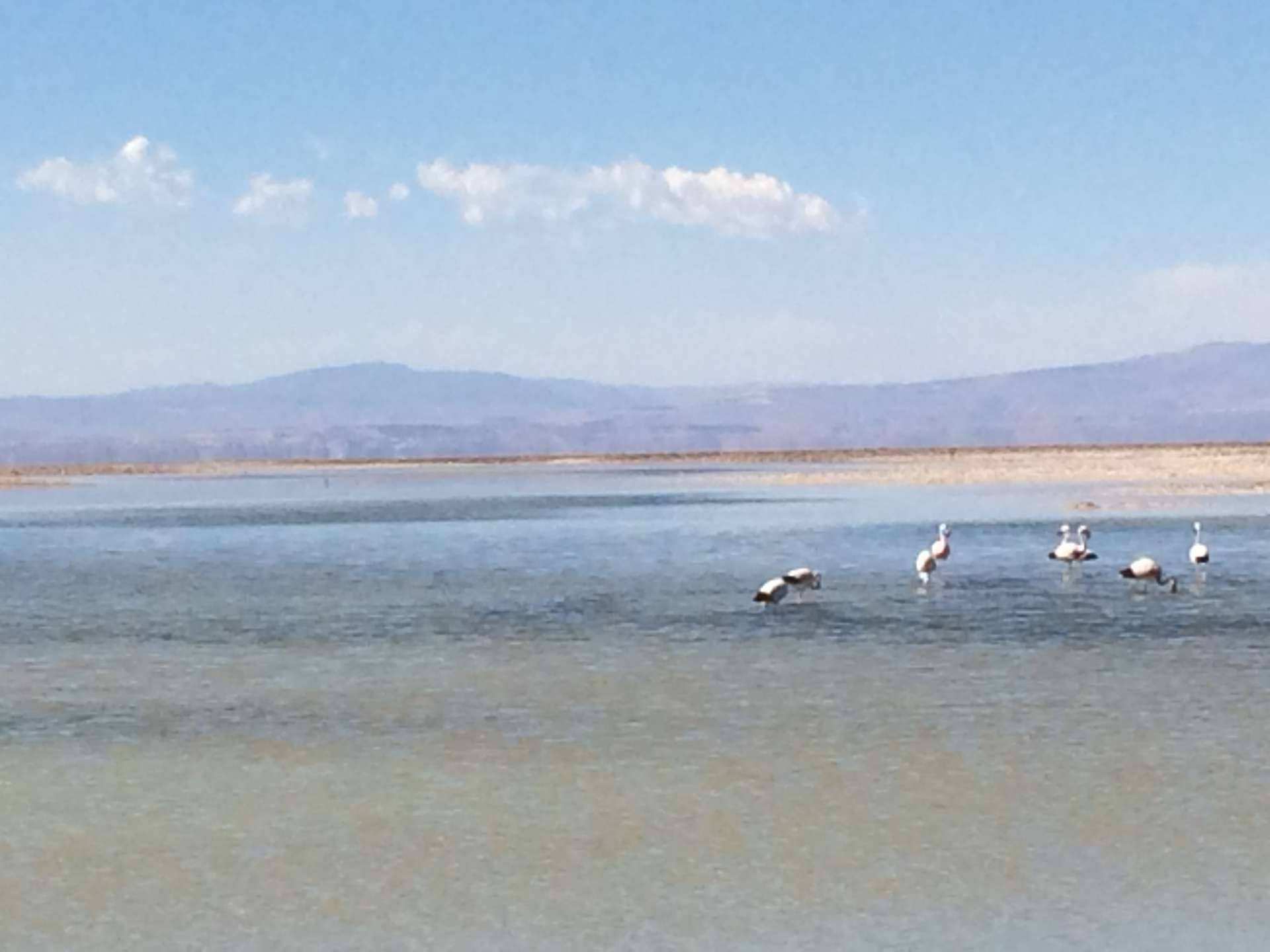


One particularly beautiful aspect of traveling for us is also meeting people from all over the world and exchanging experiences. It often leads to interesting encounters and conversations.
The next day, we continued to Calama, about 100km away from San Pedro, to visit Chuquicamata - the largest copper mine in the world, which has been in operation as an open pit mine for 100 years. Originally, Chuquicamata was a small town whose residents were relocated to Calama in 2004 due to copper mining.
The mine is more than 1km deep, 4km long, and 3km wide. About 2500 tons of high-grade copper are extracted daily from approximately 180,000 tons of rock. According to our guide Sandra, they are planning to go further another kilometer deep.

The vehicles operating there have wheels with a diameter of 4m. They consume 3 liters of gasoline per minute (!).
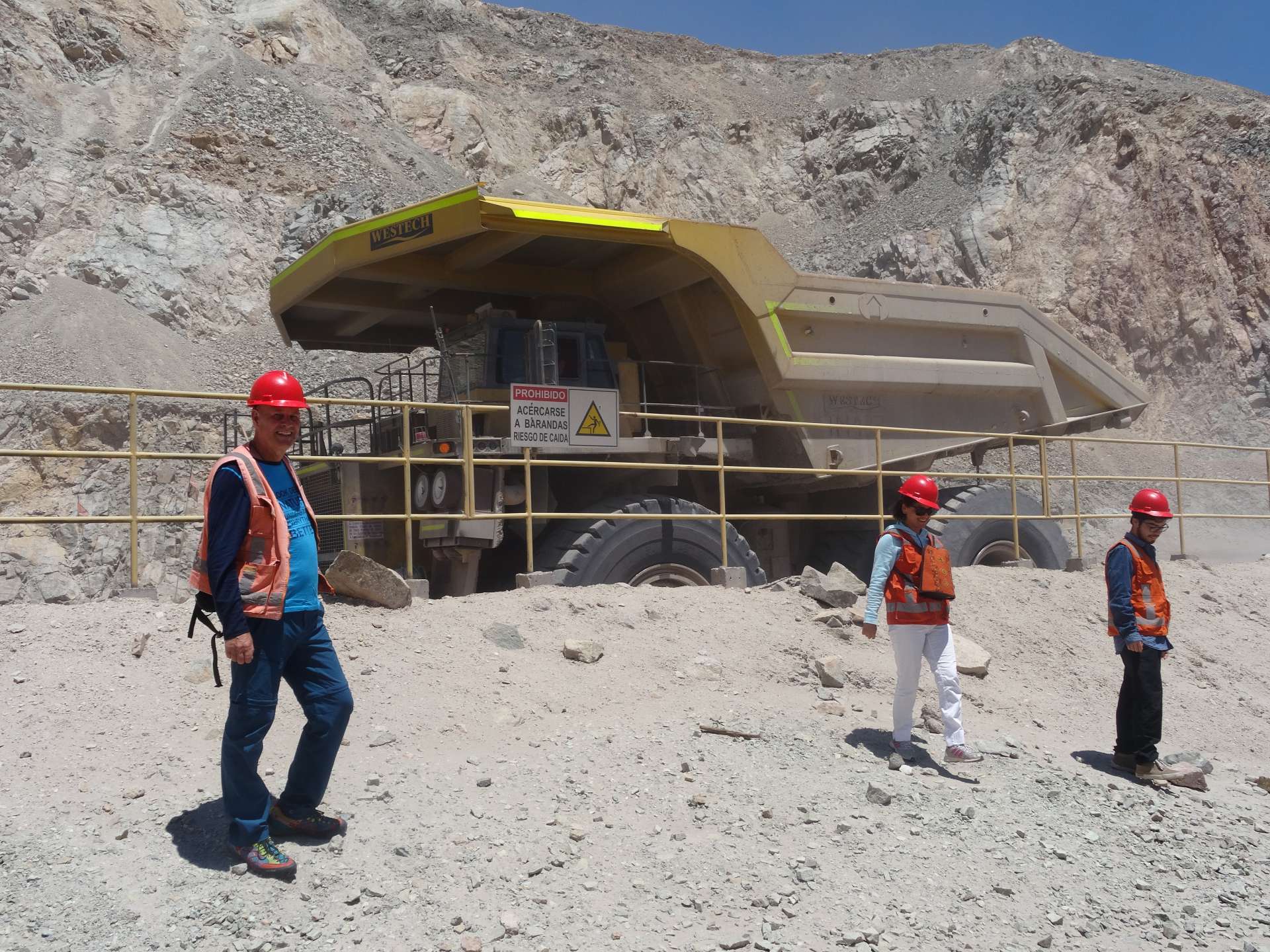

The tour impressed Peter, especially with all the technical details. However, there is a slightly bitter aftertaste. It is somewhat alarming to see how the earth looks after extracting natural resources....
Subscribe to Newsletter
Bersiv (2)
Martina
Wunderschöne Fotos und spannende Berichte! Wir leben mit mit euch. Hans
Hallo Ihr beiden weltenbummler,
Sehr schoene fotos und sehr spannend und interessant beschrieben. Wie Peter - so hat auch mich der kupferbergbau besonders interessiert. Wir denken ja hier dass Kongo einer der grössten Cu exporteure ist ... weit gefehlt. Es gibt zwar viel kupfer hier aber der abbau u vor allem der abtransport scheinen bei weitem nicht so effizient wie in Chile zu sein.
Wikipedia.org ... ich bin zahlendes mitglied ... weiss zB: Je etwa 20 % der heutigen Weltvorräte an Kupfererzen liegen in Afrika (Sambia, Kongo und Namibia), in Südamerika (Chile und Peru).
Weiterhin schöne reise u freue mich schon auf die weiteren fotos u berichte.
liebe gruese
Hans u Helen